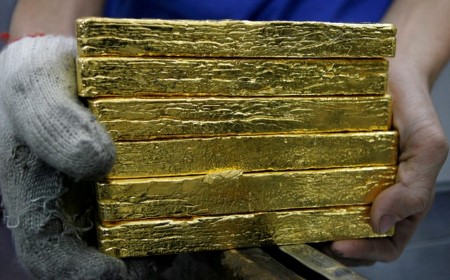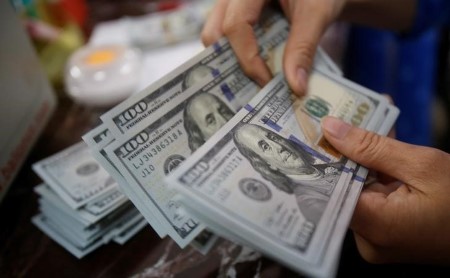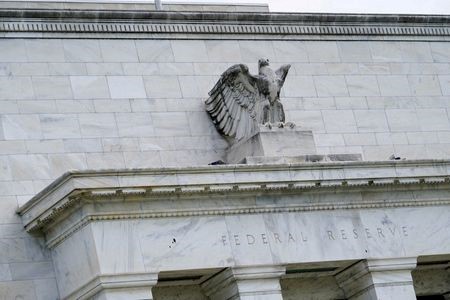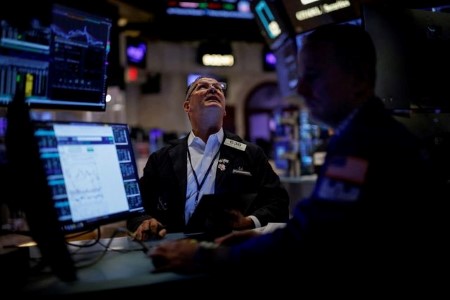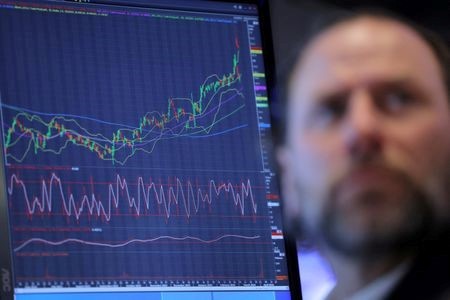“Go big, and go bold,” was the advice to Fed Chair Jerome Powell and colleagues from some US policy watchers and even former policymakers, and didn’t they do just that.
The Federal Reserve’s half-percentage point interest rate cut on Wednesday was a statement of intent that the Fed stands ready to protect the labor market and steer the economy away from anything approaching recession.
Investors liked it, at first. The S&P 500, Dow, and gold all leaped to fresh record highs, the Russell 200 small caps index rallied nearly 2%, and the dollar fell across the board.
But stocks’ and gold’s gains melted away and the dollar bounced back from a 14-month low to close the US session up on the day.
What gives? Maybe the bond market reaction was most prescient. Treasury yields rose across the curve, more so at the longer end, perhaps on underlying worries over inflation and easier financial conditions, or because the Fed slightly revised up its long-run forecast for the fed funds rate.
This sends mixed signals for Asian markets on Thursday.
Who says central banks no longer retain the element of surprise? Bank Indonesia’s quarter-point rate cut on Wednesday was not on the cards – only three of the 33 economists polled by Reuters predicted the move, with the remaining 30 expecting the policy rate to be left at 6.25%.
Perhaps surprisingly, the rupiah didn’t move much and stuck close to its strongest levels against the dollar in about a year.
Now that the Fed has taken its first step on its easing path also, other central banks in Asia are likely to feel more comfortable loosening policy. But not Taiwan, not yet at least.
Taiwan’s central bank is expected to keep its policy interest rate unchanged on Thursday, according to all 32 economists surveyed in a Reuters poll, and stay the course until late next year as it deals with lingering inflation concerns.
The central bank left the benchmark discount rate at 2% as expected at its last quarterly meeting in June, having hiked it to that level from 1.875% at the prior meeting in March.
Investors in Asia also have New Zealand GDP, unemployment figures from Australia and Hong Kong, and trade data from Malaysia on their plate on Thursday.
Traders may also be adjusting positions ahead of Japanese inflation figures and rate decisions on Friday from the Bank of Japan and People’s Bank of China.
The dark cloud of deflation hangs heavily over China, especially the property sector. Previous housing market crashes around the world suggest it could take China a decade to recover from the bubble currently bursting. And that’s if prices even get back to their pre-bubble peaks.
Here are key developments that could provide more direction to Asian markets on Thursday:
– Taiwan interest rate decision
– New Zealand GDP (Q2)
– Australia unemployment (August)
(Reporting by Jamie McGeever)







 DOWNLOAD
DOWNLOAD






